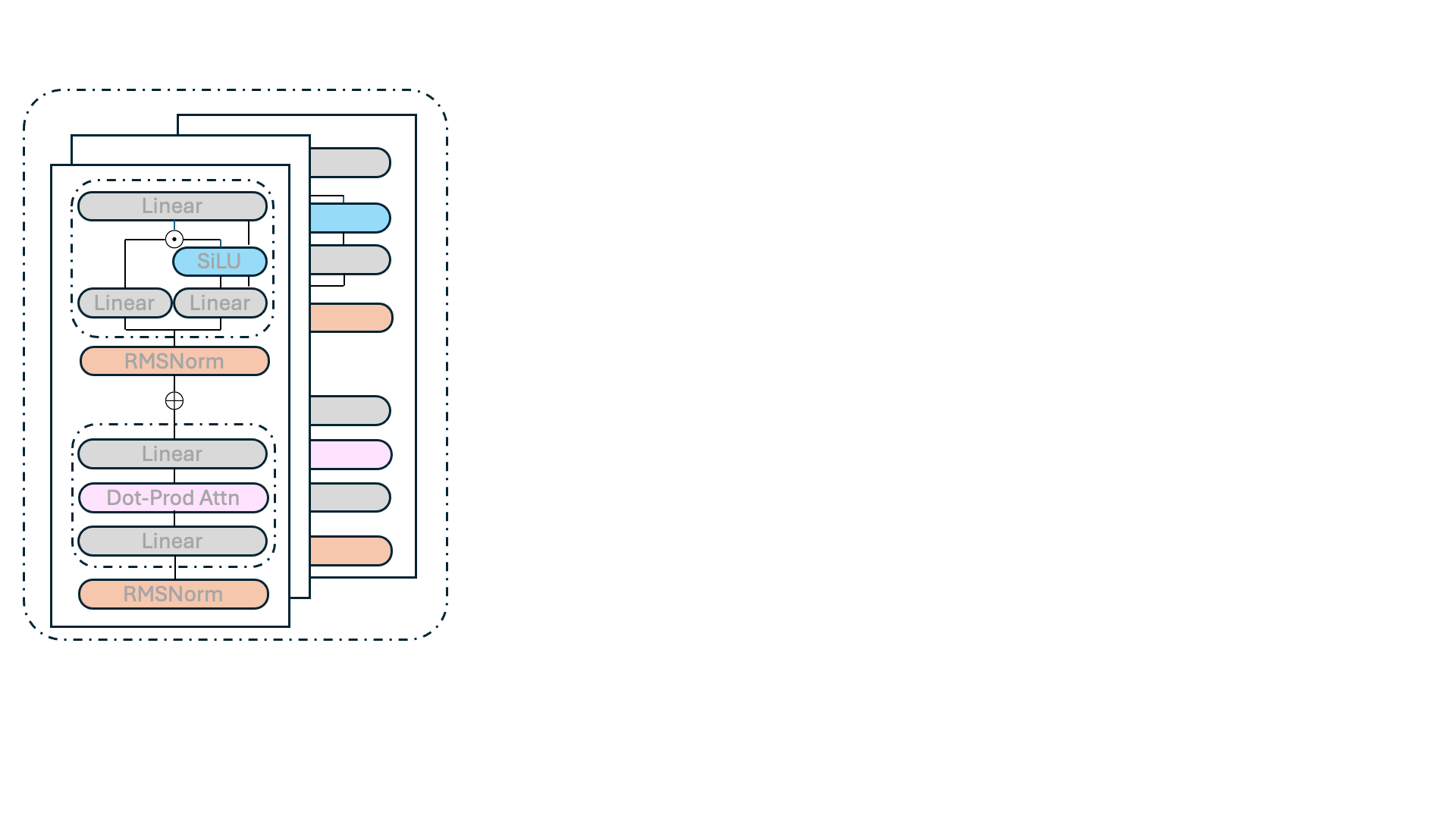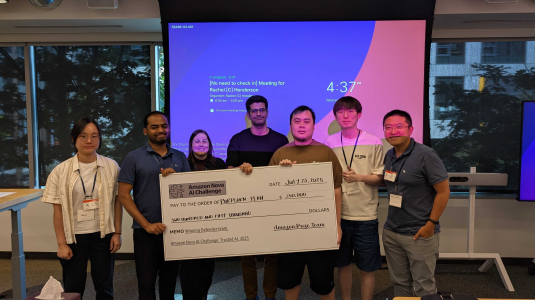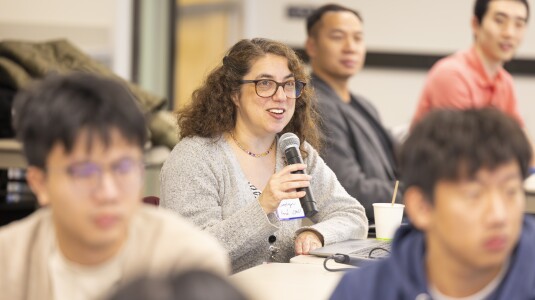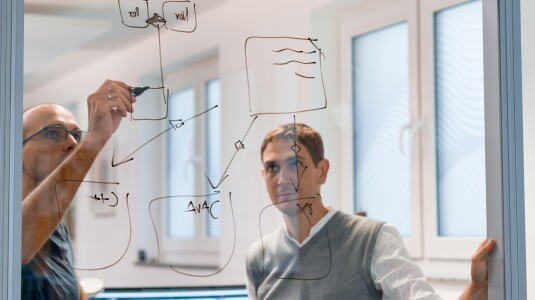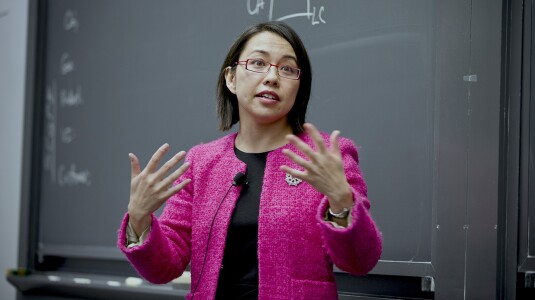Customer-obsessed science

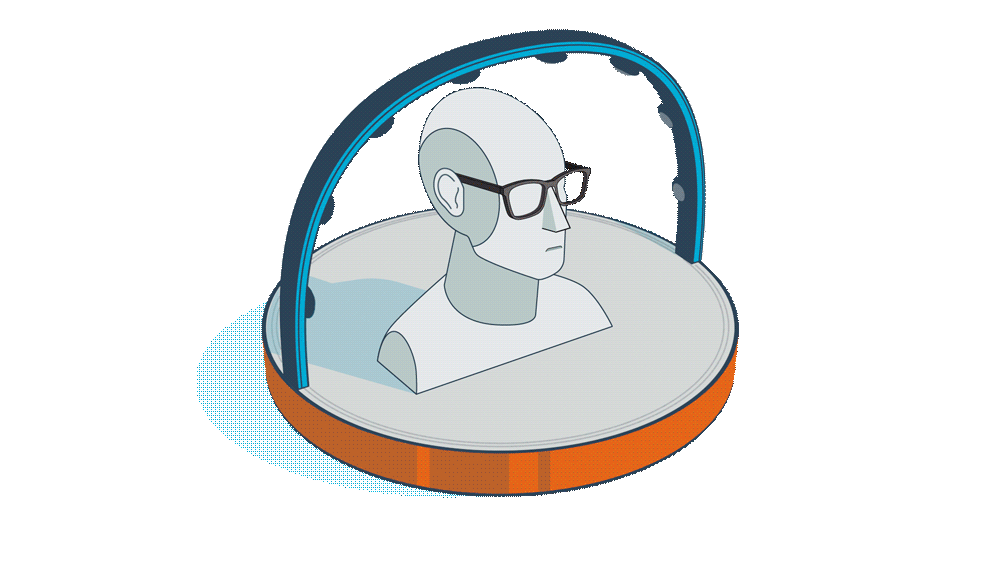
Research areas
-
August 8, 2025A new philosophy for developing LLM architectures reduces energy requirements, speeds up runtime, and preserves pretrained-model performance.
Featured news
-
2024We propose a new method to measure the task-specific accuracy of Retrieval-Augmented Large Language Models (RAG). Evaluation is performed by scoring the RAG on an automatically-generated synthetic exam composed of multiple choice questions based on the corpus of documents associated with the task. Our method is an automated, cost-efficient, interpretable, and robust strategy to select the optimal components
-
2024Mitigating hallucinations in large vision-language models (LVLMs) remains an open problem. Recent benchmarks do not address hallucinations in open-ended free-form responses, which we term “Type I hallucinations”. Instead, they focus on hallucinations responding to very specific question formats—typically a multiple-choice response regarding a particular object or attribute—which we term “Type II hallucinations
-
International Journal of Computer Vision2024Matching algorithms predict relationships between items in a collection. For example, in 1:1 face verification, a matching algorithm predicts whether two face images depict the same per-son. Accurately assessing the uncertainty of the error rates of such algorithms can be challenging when test data are dependent and error rates are low, two aspects that have been often over-looked in the literature. In
-
EUSIPCO 20242024Loudspeaker array beamforming is a common sig-nal processing technique for acoustic directivity control and robust audio reproduction. Unlike their microphone counterpart, loudspeaker constraints are often heterogeneous due to arrayed transducers with varying operating ranges in frequency, acoustic-electrical sensitivity, efficiency, and directivity. This work pro-poses a frequency-regularization method
-
2024Multi-task learning (MTL) considers learning a joint model for multiple tasks by optimizing a convex combination of all task losses. To solve the optimization problem, existing methods use an adaptive weight updating scheme, where task weights are dynamically adjusted based on their respective losses to prioritize difficult tasks. However, these algorithms face a great challenge whenever label noise is
Academia
View allWhether you're a faculty member or student, there are number of ways you can engage with Amazon.
View all

















